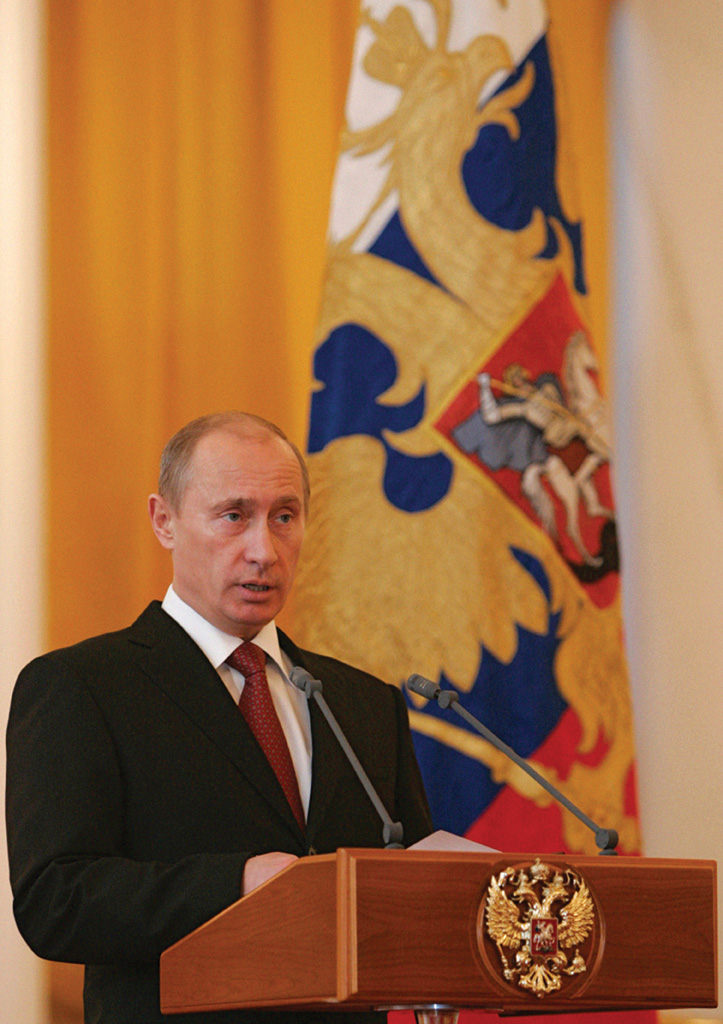Why do children starve? After removing all my cynicism and political-minded hoo-ha, I really don’t understand it. Forget the government, forget unfair distribution on a global scale, forget greed — in a land as rich with both flora and fauna as Uganda is, there are no excuses. I firmly believe that it truly comes down to a lack of education.
Addressing the root cause is so important, but finding the impartiality in your mind, heart and soul to address the issue is virtually impossible. Looking at 18-month-old Godfrey for instance, whom I weighed on a scale. He is only 3.5 kilograms. Trying to objectively talk to his parents as they defend their situation with cultural bashfulness is impossible.
And so I struggle to empathize, for no matter what there must always be room for empathy. I have learned and re-learned this. So as I take a deep breath and begin to seek out viable options, in my mind a cruelly ironic colloquial phrase plays and re-plays: “He’s toast.”
But today is a new day. I found myself wading through thigh-high swamp water, teaching women about condoms, diaphragms, oral contraceptives and answering blunt questions such as: “If a man hates you and still wants to play sex and re-uses a condom and has HIV and intentionally puts a hole in the condom, but it’s dark so you can’t tell, can you still get pregnant?”
At the risk of sounding complacent, nothing surprises me here anymore. And so I approach the subject as any social-justice-seeking, community-health-minded individual does: I go with it. I answer patiently. I listen to stories of corrupt health officials, corrupt neighbours, men and governments. And I try to empathize.
Despite the sombre details, the family-planning initiative has been successful. Groups of six to eight women talk openly with one another, looking at information in their native language, accompanied by pictures. With my trusty African village handbook for health we get by. After the 60-minute sessions, the women found a common bond. The sense of sisterhood is strong and brings goosebumps to my arms as I realize that these women are so capable.
Case in point: women wearing big gumboots beneath their traditional dresses, carrying shovels on their shoulders and stones on their head, track their way off the beaten path to their watering hole. It is a large basin of water five metres deep and about five metres across. It was dug in 1945 and it’s been their water source since. The watering hole is a cesspool in every sense of the word: an abundance of insect and aquatic life that when taken at the microscopic level must surely be a playground of schistosomiasis, dengue fever, bilharzia and leishmaniasis.
Despite the seemingly overwhelming problems, there is news. An engineer has signed a contract, and despite appearing out of place with their hard hat, they work like hell. The spring well — an artesian well by our linguistic standards — will be completed by June 3, in time for us to see its completion before leaving back to Canada. Clean water after a measly 65-year hiatus.
They feed us heaps and heaps of food as a late-afternoon meal every day, so we are taking delicious food such as peanut soup — a personal favourite — tasty avocado that literally oozes with watery-avocadoness, beans and matooke, which is boiled plantain, an acquired taste.
Wonderful meals aside, we’ve been trying to come up with some new ideas on income-generating projects and have landed on a great one — though not one I’m willing to share just yet.
Despite falling into a swamp on three occasions, it was a wonderful time, even though I seem to have returned home with fleas. So I’m off to the pharmacist to get her professional opinion on my spottiness of the torso and legs. Not to worry though, no fever or cough or anything to suggest something serious. No more swimming in swamps though.
Katie Muirhead believes in creating a world where no child starves.


